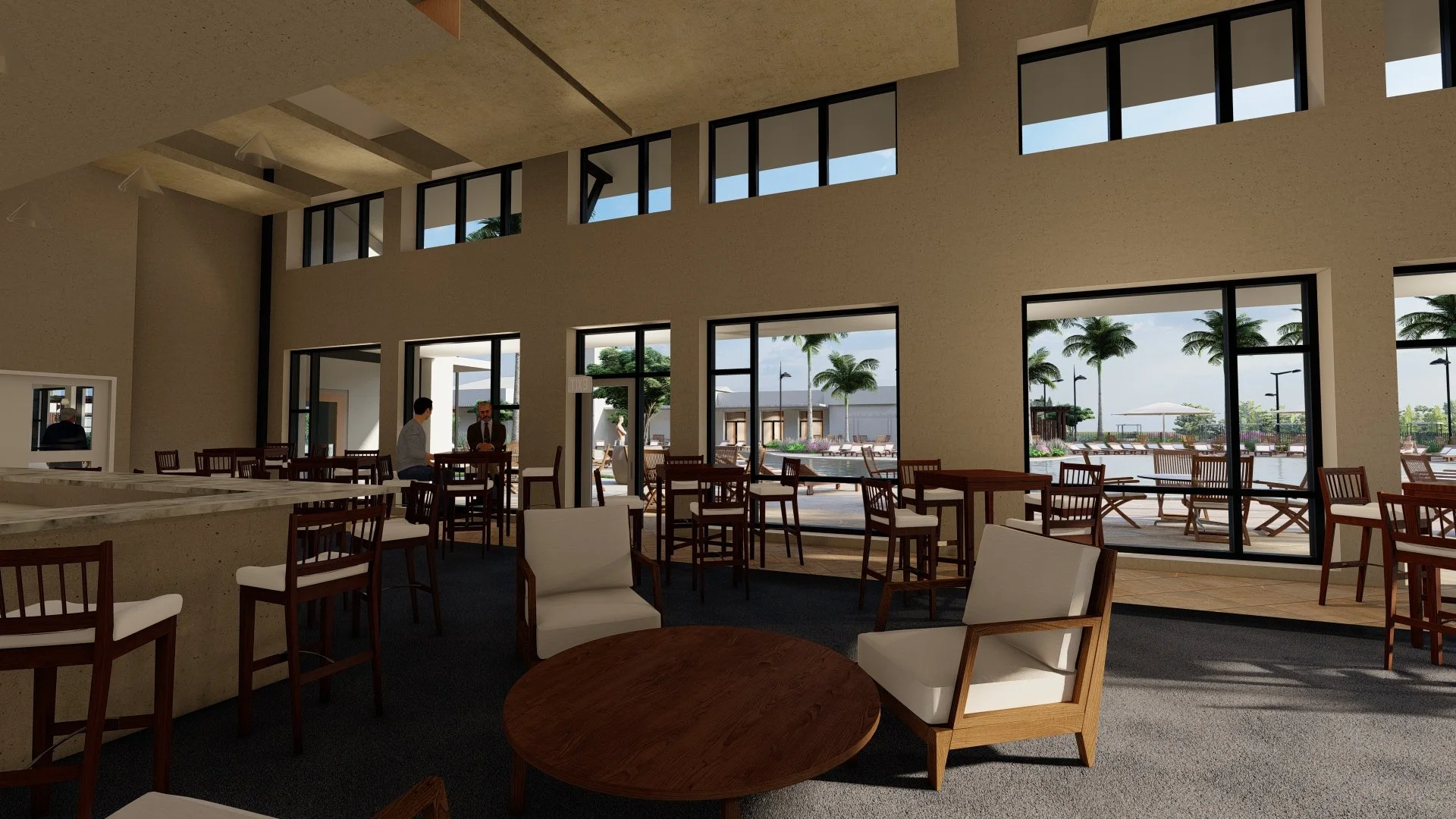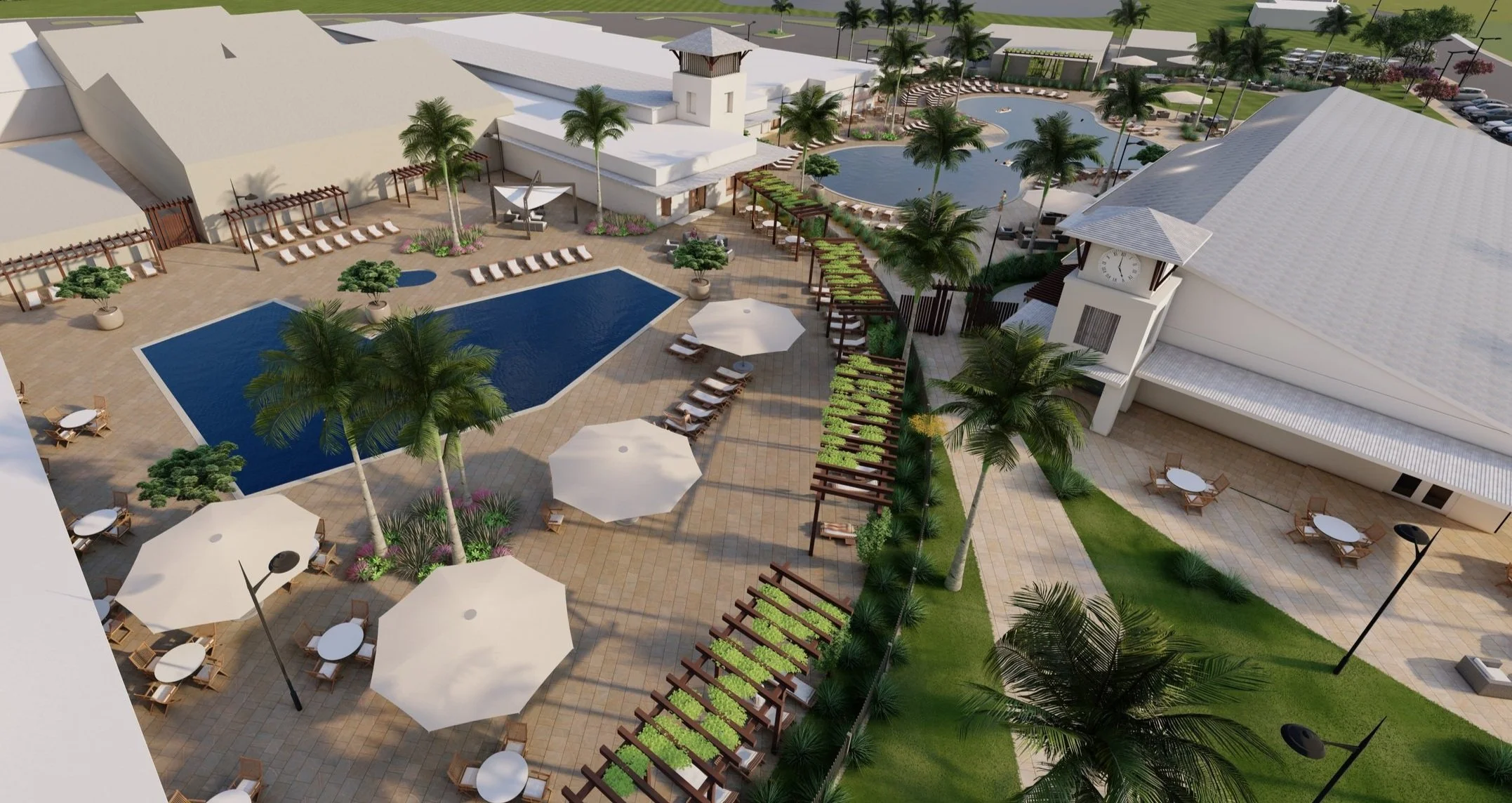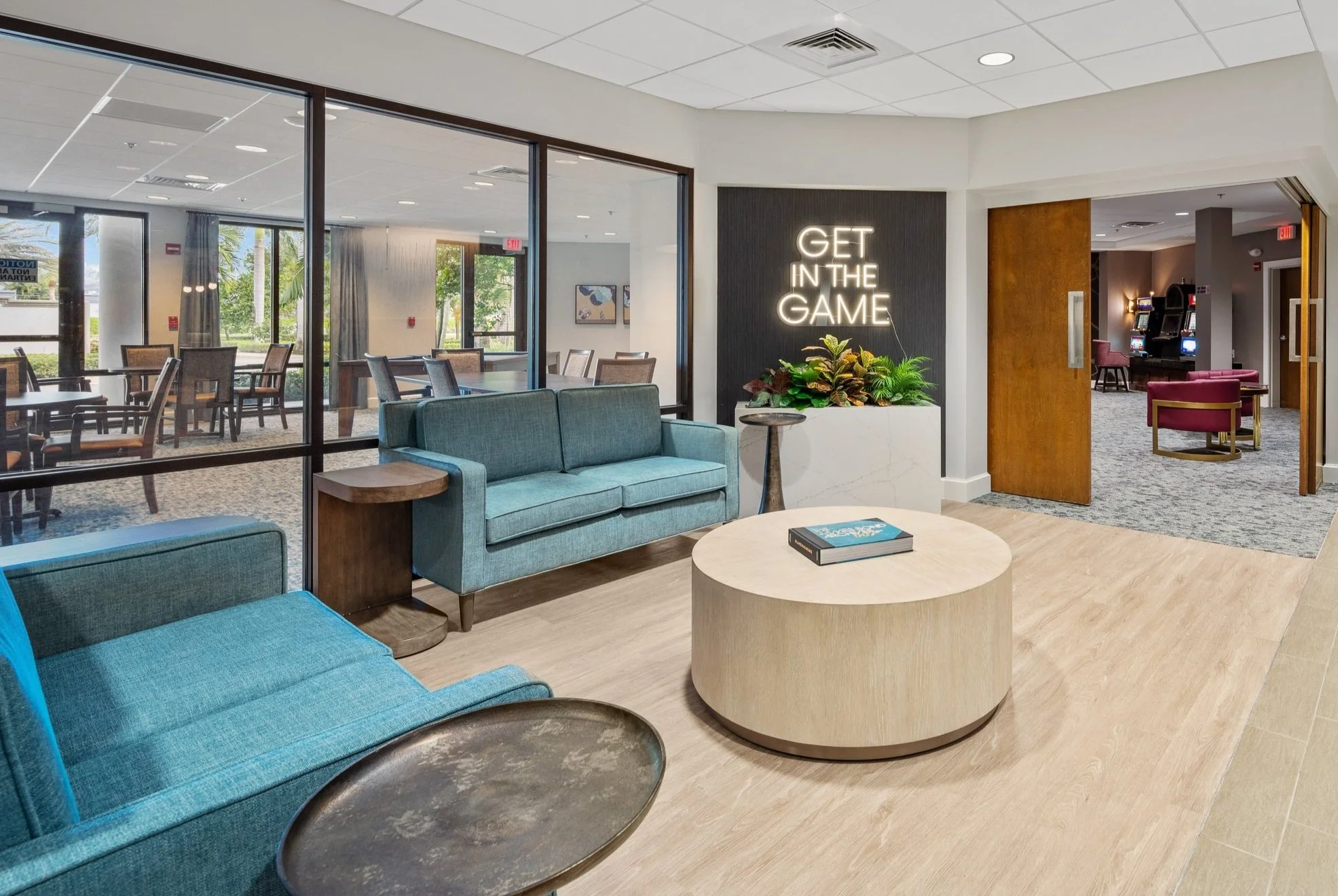Engaging Residents for Vibrant Master Plan
It’s an eternal conundrum. The budget is limited, but the sky’s the limit when it comes to hopes, dreams, and expectations. This can be a challenge in senior living when residents and prospective members dream big, but their dreams cost money, and the coffers aren’t overflowing. However, a combination of engagement, listening, transparency, and thoughtful compromise can enable communities to make small innovations, bigger renovations done in phases, and viable options to limit costs while maintaining quality and satisfaction. All this calls for a master plan, and Pi Architects with design, marketing, customer service, leadership, communication, and negotiation skills. This can be especially useful in older communities where no significant changes or updates have been made in several years.
Sun City: Bright, Shining, and Brimming with Ideas
We recently worked on a master planning project with Sun City Center, which has senior living centers across the country. We held a series of town halls because when you’re talking about people’s homes, and that’s what senior living communities are, residents and other stakeholders need to be involved. You might be surprised by what you learn. For instance, at one, someone brought up property values, and that was a great point. We were able to talk about how investing in community improvements added to the value of their home.
The community we worked with is a very active one. They have over 200 special interest clubs, and there is significant engagement. Their social environment is very important to residents. For instance, they wanted a pool, not to swim in but to sit around and socialize. To them, the pool is all about the environment as a central focus for socialization. This kind of information not only tells you what amenities residents want, but also where and how to focus your resources on them. In this case, you don’t want to spend your budget on an Olympic-caliber pool with multiple diving boards.
Residents may want some amenities but not realize that they are financially or logistically unfeasible. Instead of just starting with all the reasons it won’t work or isn’t possible, we were able to brainstorm a bit and discuss compromises or alternatives. For instance, you may be able to shop out something like a bar or a restaurant to a third party, significantly reducing costs and liabilities.
If you have to tear down or close buildings or sections of buildings while you renovate, it is important to give residents advance notice about what is happening and why. These town halls present a great opportunity for this. This gives them a chance to discuss how the change will impact them and how they can plan accordingly. For instance, in this case, we had to tear down one building where many of the clubs met, so we had to make alternate arrangements for those groups.
We created frameworks to enable residents to vote on ideas. This demonstrated that community leadership was listening to them and was committed to maintaining a process of open, honest communication. When residents are involved from the start, they see how various changes will benefit them; and they have the information to make viable decisions and approve assessments, loans, and other efforts to fund these efforts.
The town halls provided the opportunity for residents to be part of the renovation and repositioning process and generated tremendous interest. Each event we held attracted larger audiences to the point where we reached the capacity of the room and had to hold multiple meetings per night. Some of them ran for hours because we wanted to enable everyone to have input. These led to the presentation on phasing, and we geared up for the opportunity for everyone to vote on what changes or innovations they wanted. Ultimately, over 86% of the community showed up to vote.
Phases for the Win
Planning and implementing renovations and repositioning in phases spreads out costs and gives residents something to look forward to and be excited about, even if the change or innovation won’t be completed for some time. For instance, phase one enables you to get everything in order and everyone on the same page. When you’ve engaged residents from the start, they understand what it takes to complete projects, so they are likely to maintain a positive level of anticipation, for example, as a new clubhouse is constructed, buildings are updated, and technology is upgraded.
At Pi, we go beyond innovative architecture. We bring master planning to our projects that aim to give residents the changes they want within budgets and timelines that are realistic and doable. Our teams are more than designers. They wear many hats: communicator, marketer, financial advisor, project manager, and team player. The result is master planning that works for everyone and communities where residents and prospects want to live.
Pi Architects | Contact us here or call us at 512-231-1910.







